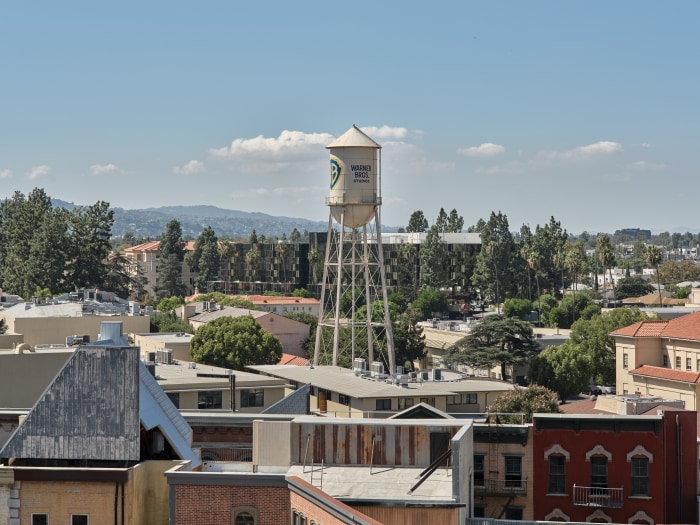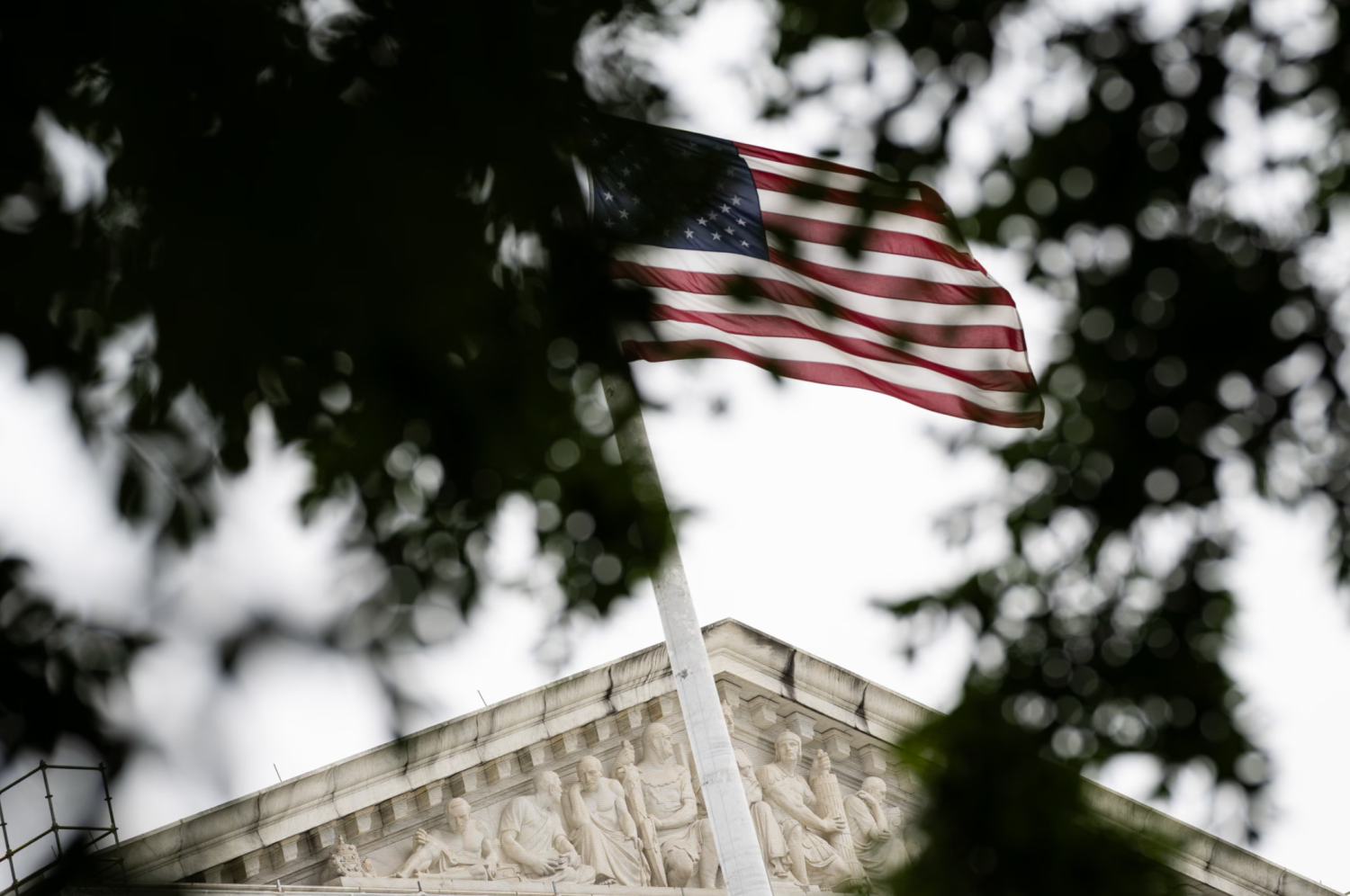
This article is more than
7 year oldThe Titanic was discovered during a top-secret Navy mission
The Titanic might have rested undiscovered at the bottom of the ocean floor for much longer if a top-secret Cold War navy mission hadn’t taken place.
The once classified story behind the Titanic's discovery is part of National Geographic’s new exhibition “Titanic: The Untold story.” The exhibit details oceanographer Robert Ballard’s discovery of the wreck of the Titanic and showcases items recovered from survivors and lifeboats.
Ballard, who is also a National Geographic Explorer-at-large, approached the U.S. Navy in 1982 to request funding for submersible technology that he believed could help him find the Titanic. In 1985, the U.S. Navy commissioned Ballard, who was also a commander in the Navy, to use the technology to explore the wreckage of two nuclear submarines — the USS Thresher and the USS Scorpion. The submarines sunk in the North Atlantic Ocean during the height of the Cold War, and the U.S. government wanted to know the environmental impact the sunken subs had, and whether there was foul play involved in their demise, according to Ballard.
Ballard met with Ronald Thunman, who was then the deputy chief of naval operations for submarine warfare, and proposed that the search for the Titanic should be a part of the mission.
“I suggested that because the Titanic was between the Thresher and Scorpion, maybe tell the world I am looking for the Titanic,” Ballard said.
He thought I was crazy, but he said "if you do your mission, I don’t care what you do with the rest of your time.”
Ballard and his team explored the two submarines and then “went straight for the Titanic,” with only 12 days to find wreckage that others who had months to explore, were unable to find.
Ballard said he pored over every detail of what he knew about the Titanic — where people thought the ship sank and where the lifeboats were found. “I knew It wasn’t where everyone said it was,” he said.
“I thought maybe I should not look for the Titanic, but calculate its debris field,” he said. “Sort of like if I wanted to photograph a deer hiding in the winter, I’d look for its footprints and follow its footsteps.”
The night the Titanic was discovered was eerily similar to the night it sank; the ocean was calm, and the sky was moonless, according to Ballard.
At 2 a.m. on Sept. 1, 1985, Ballard and several crew members watched the robotic submersible technology deliver images of the Titanic’s boiler. “We were at the very spot Titanic sank. We were there,” Ballard said.
Ballard’s story of discovering the Titanic, along with a number of stories of those who survived the sinking of Titanic will be on display at National Geographic’s new exhibit through Jan. 6, 2019.




